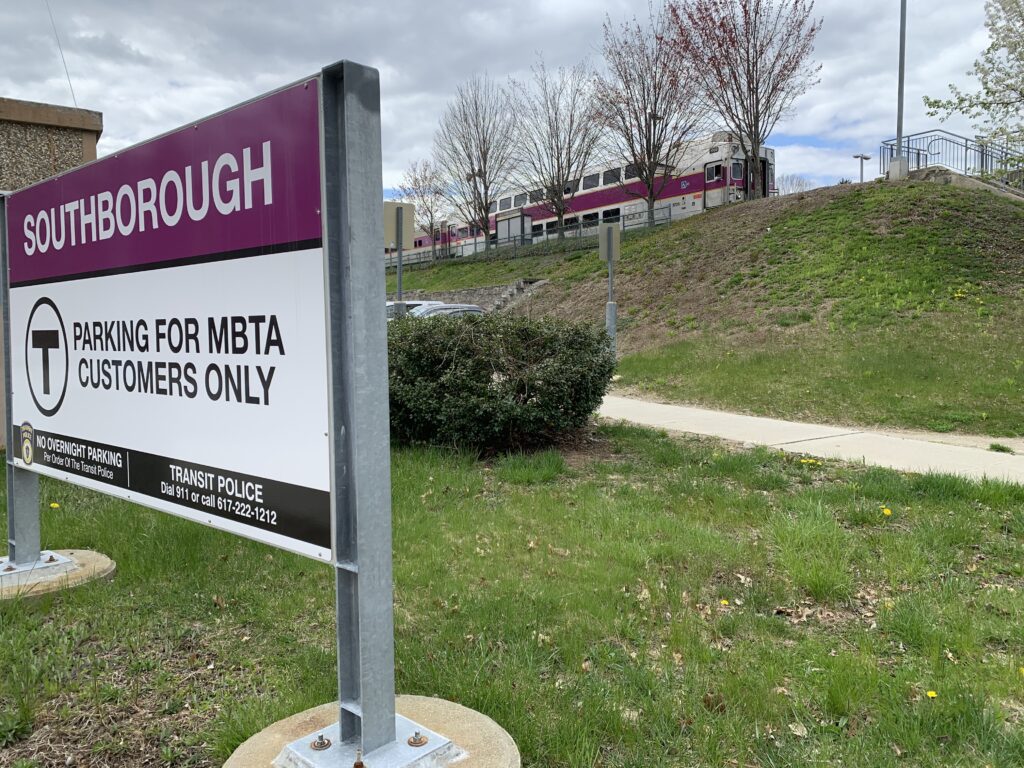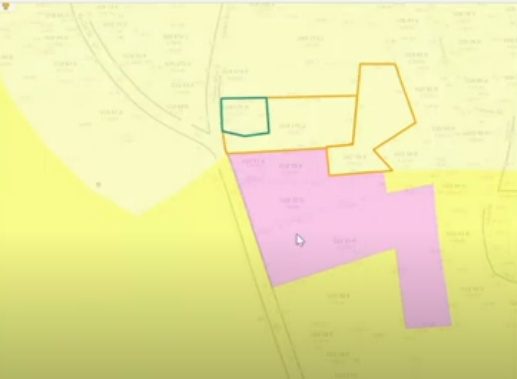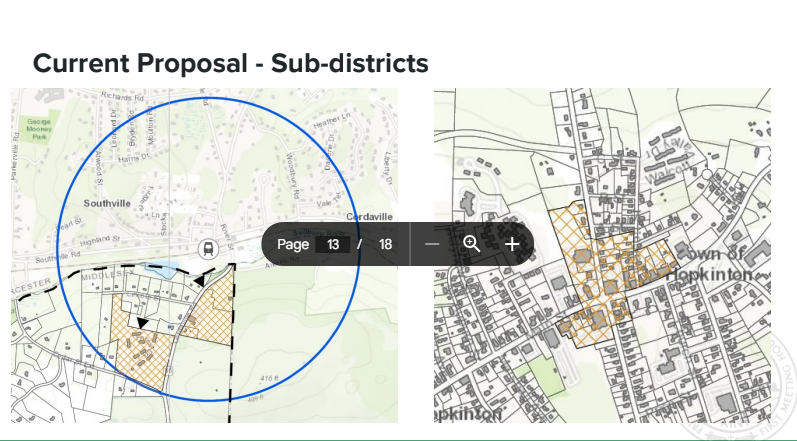The Zoning Advisory Committee at its meeting Monday night discussed the ways that some properties could be zoned in order for Hopkinton be compliant with the state’s MBTA Communities law.
Under the MBTA Communities statute, also referred to as 3A, 177 cities and towns that are in the Massachusetts Bay Transit Authority’s service area need to approve new zoning to permit multifamily housing near public transportation options. The denser housing, in theory, would encourage more people to take the T and depend less on cars. It also would help meet the state’s demand for more housing.
Hopkinton has been designated as an MBTA-adjacent community because of its proximity to the Southborough commuter rail station. It would be required to zone for 750 housing units, a density of 15 units per acre for 50 developable acres, or 10% of the 2020 Census housing stock, whichever number is greater.
This is the second public input session that ZAC has held on the topic. The first meeting on Sept. 18 outlined properties that potentially could be zoned to meet the state requirements. While the law requires zoning to be in place for these properties, it does not require them to be built.
Principal Planner John Gelcich shared information he learned at a recent South West Advisory Planning Committee meeting. SWAP, which includes Hopkinton and eight other communities, is one of seven regions of the Massachusetts Area Planning Council. Members were able to question an expert on the policy at this meeting.
“It’s a much more complicated and complex compliance equation than we thought,” Gelcich explained.
He noted that are several layers that factor into whether a land can be developable under this law. Using a model, areas under consideration can be “plugged in” to see if they meet the criteria for acreage, developable land at the density the law requires. Gelcich said there is more than enough acreage to comply based on the properties discussed at the last meeting. The town is “more than likely to comply” with the unit capacity.
The sticking point, he said, may be the requirement of 15 units per acre. Hopkinton had been considering using subdistricts of different unit densities to meet the requirement. That may not work under the model, depending upon their acreage. Another wrinkle is that property setbacks also factor into the equation.
Said Gelcich: “Depending upon how the math works, it could hurt or help us.”
“I think we’re in a good spot with overestimating our district areas because we’re so well over 50 acres,” stressed Gelcich. According to his current estimates, there are currently 134 acres of developable land.
He added mandatory mixed-use districts probably would not work in Hopkinton because of the density issue. Mixed-use housing could be allowed under a special permit instead.
One potential property that may not work as part of an MBTA Communities district is the current Elmwood School building, Gelcich said.
Member Sam Sader questioned if “trimming back” the number of parcels under consideration would make sense given the new guidance. Gelcich agreed, but he also said the model needs to be confirmed to be accurate first. He is asking the state to clarify a couple of points and expects to know more next week.
Member Mary Larson-Marlowe, the former vice chair of the Planning Board, added that ZAC should provide a recommendation to the Planning Board that includes the best options for compliance with sites “in the back pocket.” She also said the downtown area should have “different criteria” from parcels on the outskirts of town.
ZAC chair Ted Barker-Hook brought up the need for open space requirements and environmentally friendly development strategies.
Member Ron Foisy said the plan needs to be “as simple as possible” to ensure that it will pass at Town Meeting.
Three amenities Barker-Hook said should be included in a multifamily unit district are a convenience store, a health club and a coffee shop. Gelcich said a strategy to include these establishments would be to zone the districts as residential and allow the businesses under special permits rather than have mixed-use zoning subdistricts. This is the current model for the downtown district, he explained, and it could be extended to the MBTA Communities districts.
Other items discussed included minimum landscape buffers, a potential open space requirement and parking materials.
The next ZAC meeting will be next Monday at 7 p.m. via Zoom.


















0 Comments